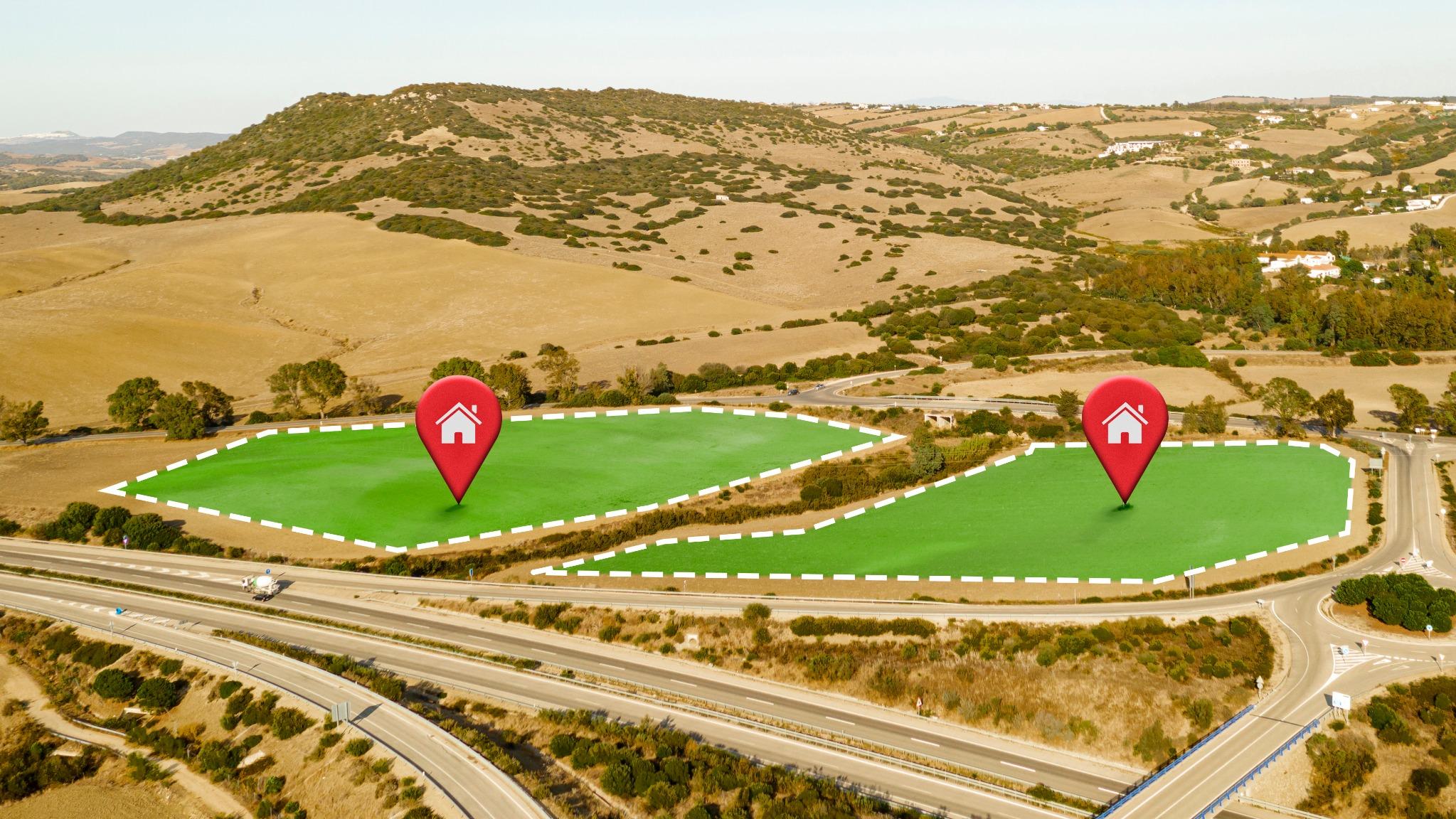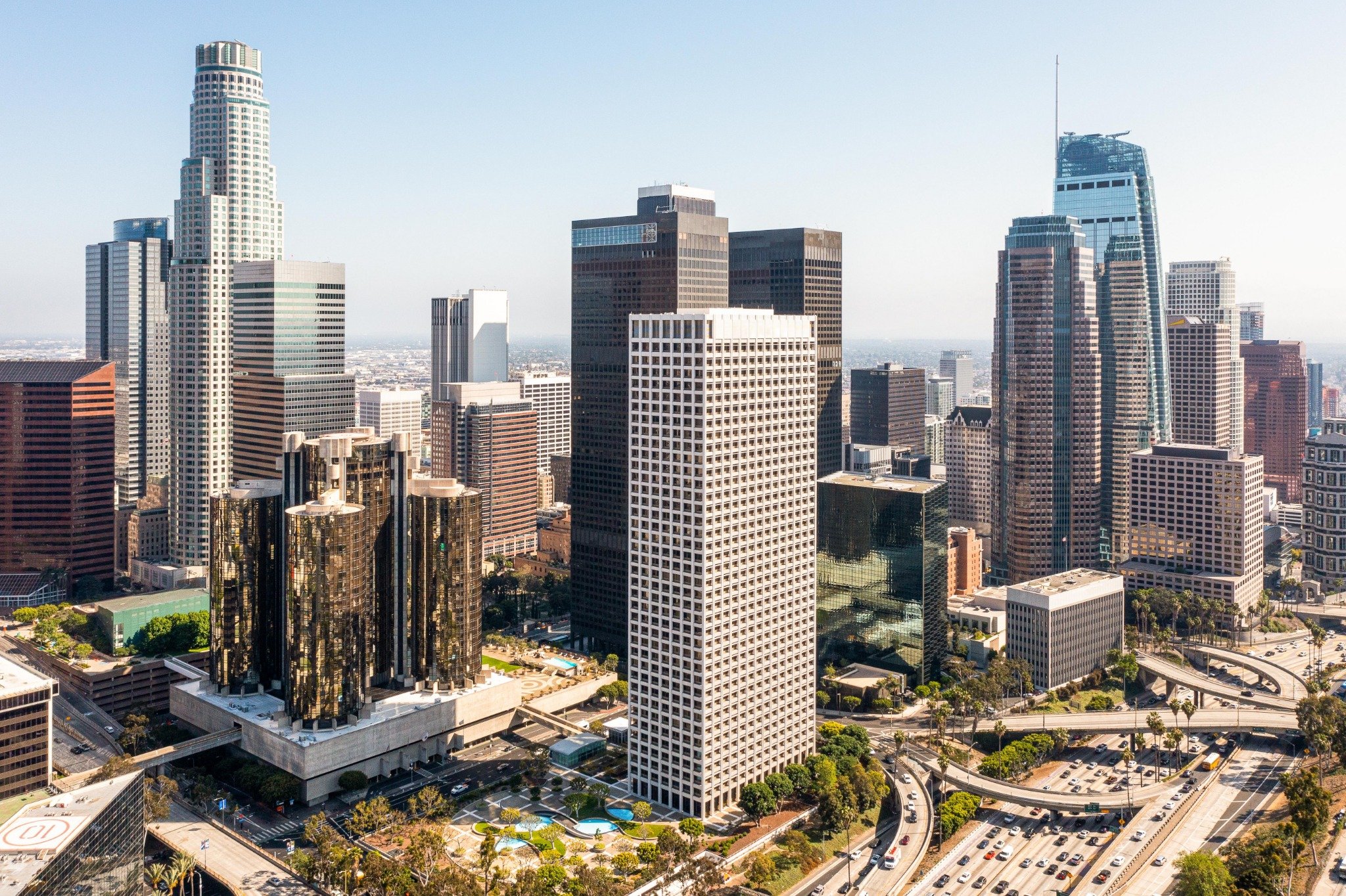How Infrastructure Growth Is Quietly Transforming Thane’s Residential Landscape

Strong 8k brings an ultra-HD IPTV experience to your living room and your pocket.
In 2025, infrastructure is no longer just about roads and bridges. It’s a catalyst for how and where people choose to live. Few places demonstrate this better than Thane—and specifically, the Vihang Ghodbunder Road region. As India’s cities face growing pressure on urban systems, Thane’s planning shows how smart investments in infrastructure can drive long-term residential stability.
A Shift Driven by Mobility
Vihang Thane is part of a broader story unfolding in the Mumbai Metropolitan Region. As metro networks expand and new transit corridors emerge, mobility is reshaping the real estate map. The connectivity offered by upcoming metro lines, including 4A, 5, and 10, is making Thane more accessible than ever.
In parallel, infrastructure like the Thane-Borivali twin-tube tunnel and the Thane-Ghodbunder elevated corridor is changing travel patterns. What used to be long commutes has been cut to under 30 minutes in several zones. The value of proximity is no longer just about distance, but also about connectivity time.
Even inter-city access has seen an upgrade with improvements to the Eastern and Western Express Highways, allowing for a smoother flow to and from Mumbai’s commercial centers. For daily commuters, this means a significant improvement in quality of life.
Building Livable Communities, Not Just Projects
The rise of Ghodbunder Road isn’t solely about location. It’s about how integrated planning has enabled complete communities to grow. Residents benefit not only from transit access but also from proximity to healthcare, education, parks, and workspaces.
Along the Vihang Ghodbunder Road stretch, this integrated design is evident in the coexistence of residential hubs with schools, biodiversity parks, retail spaces, and business centers. The area supports multiple stages of life—from students and professionals to young families and senior citizens.
Local infrastructure projects have also focused on micro-mobility, with pedestrian pathways, cycle lanes, and traffic-calmed zones ensuring safer movement, especially for children and elderly residents.
Long-Term Impact on Urban Density
Infrastructure not only supports growth, it shapes it. One of the quiet victories of Vihang Thane and its surrounding corridor is that it avoids the high-density chaos of urban sprawl. Planning authorities and private developers have used infrastructure as a frame to guide responsible development.
Rather than building vertically at random, Thane’s newer zones are distributed with purpose—helping manage traffic, reduce stress on civic services, and maintain open spaces. It’s an example of urban density that feels humane, not overwhelming.
Smart zoning policies have played a role here. By balancing residential, commercial, and institutional zones around Ghodbunder Road, the city has created a growth pattern that supports diverse lifestyles without causing overload.
A Case Study in Value Appreciation
Data from recent quarters supports what local residents have already seen—property values around key infrastructure nodes are rising at a steady pace. This isn’t speculative; it’s grounded in real-world improvements that impact everyday life.
Housing reports from 2024 show that the Ghodbunder corridor has outperformed neighbouring areas in both rental yield and capital appreciation. The mix of metro access, green spaces, and emerging business districts has played a key role in this trend.
Thane’s growth is led by utility, not just branding. And that’s what makes it different. Investors and homebuyers alike are responding to this substance-first development. The livability quotient is growing along with value.
Lessons for Other Indian Cities
The progress of Vihang Thane is instructive. For planners and stakeholders across India, it’s a live example of how prioritising transport infrastructure before high-density housing can change how cities breathe and grow.
It also demonstrates that smart cities don’t always need massive overhauls—they need aligned, phased, and community-focused improvements that deliver both convenience and dignity.
As we look toward India’s future urban centres, the template Thane offers—especially across its Ghodbunder Road sector—presents a compelling direction. Cities that invest in people-first infrastructure can expect not just economic returns but long-term social cohesion and environmental balance.
Note: IndiBlogHub features both user-submitted and editorial content. We do not verify third-party contributions. Read our Disclaimer and Privacy Policyfor details.







